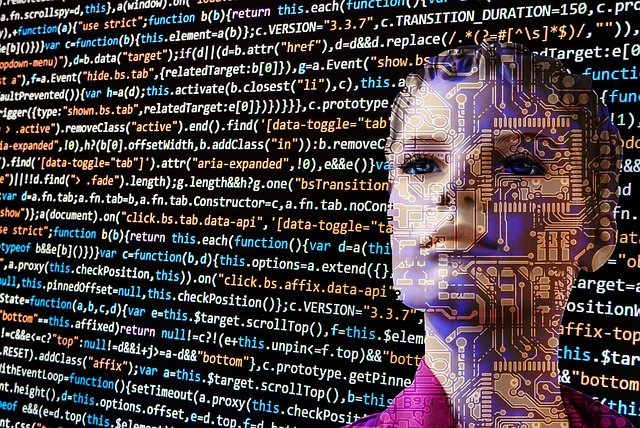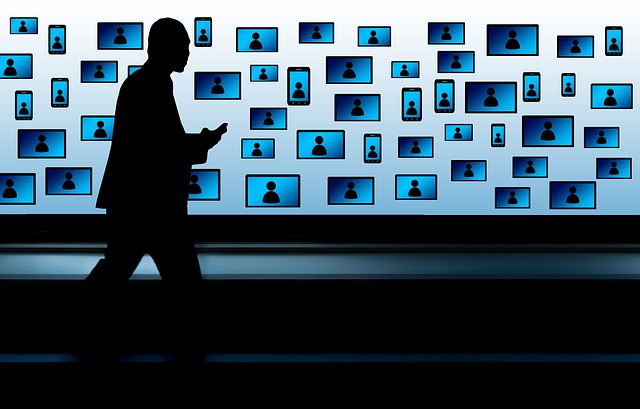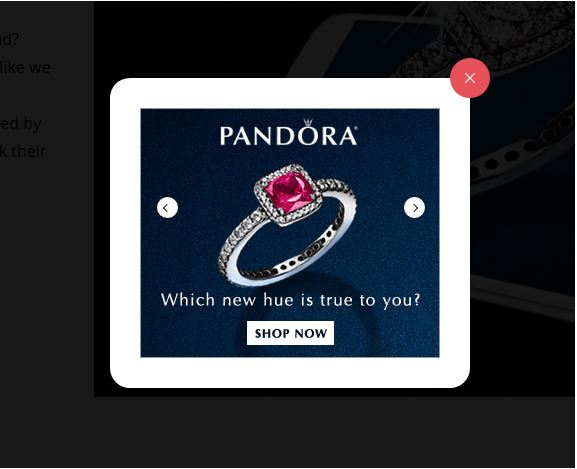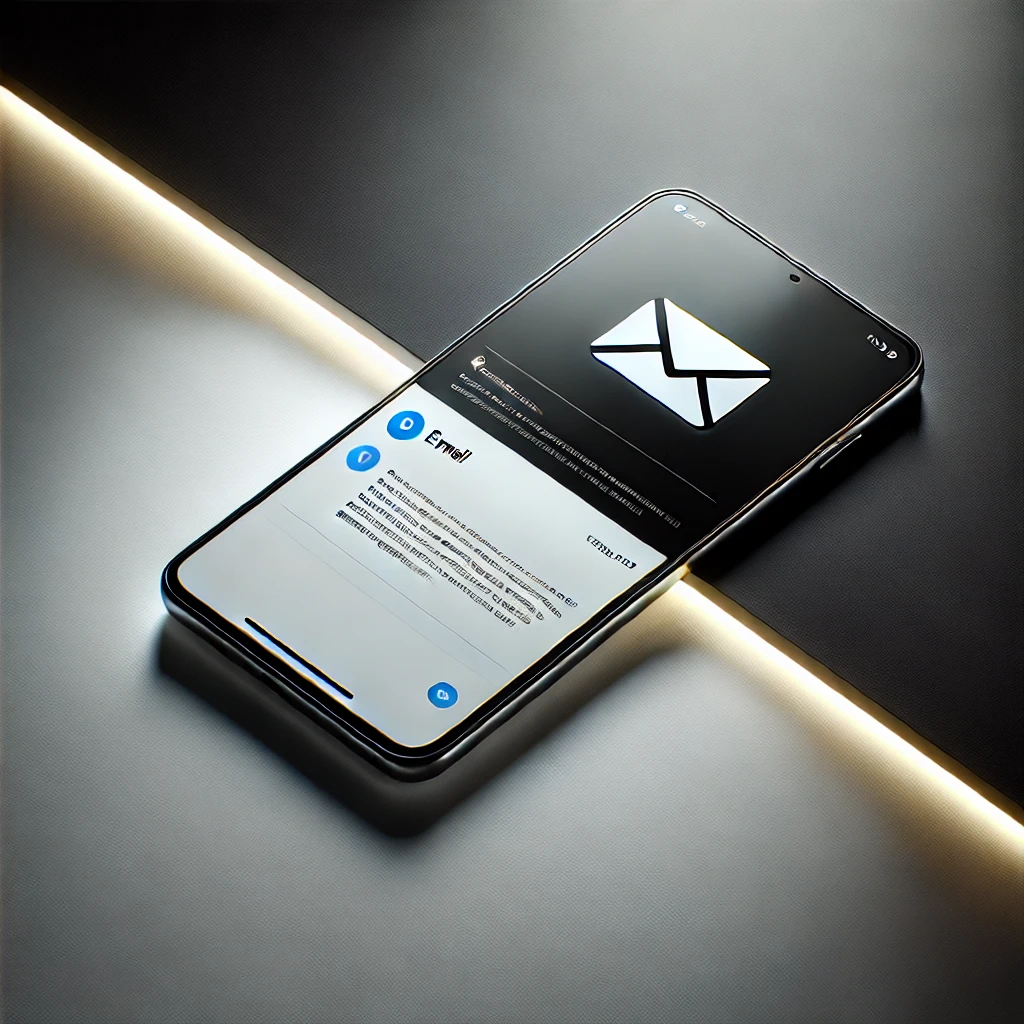Call it the yin yang. There is nothing quite like the complex and sometimes combative codependence copywriters and graphic designers forge while working together on banner ads, rich media, and other digital advertising assets. The copywriter brain specializes in selecting and artfully placing words to communicate a message; the graphic design brain specializes in telling a story through the manipulation of visual images.
For copywriters, there are 171,476 English words to choose from, and an infinite number of ways to arrange those words. For graphic designers, there is a limitless universe of creative options for everything from HTML5 banner ads and interactive mircosites to mobile rich media and video production. Bringing order to that chaos of options is what creative minds do. It’s tough work. Understandably, brands are looking beyond their in-house resources to create digital advertising efforts that engage consumers and impact behavior.
Engaging Media-Saturated Consumers
Digital advertising is an industry of seconds. That’s it. That’s all we have—just a few seconds to engage consumers. In the blink of an eye the consumer decides whether or not to read, watch, or click. Copywriters and graphic designers must use their collective power to capture the consumer’s attention, to win their approval, to inspire them to act. It’s a balancing act. And one that lives by the golden rule of storytelling: Show, don’t tell.
Digital advertising is about audience. With limited time and decreasing attention spans, today’s media-inundated consumers are less inclined to read digital ads with lots of words. This does not make the copywriter’s job less important, but more intense as fewer words must do more work to create customer engagement, increase SEO, and drive interactions. Limited attention spans also challenge digital production agency designers to come up creative ideas and engagement strategies.
Balancing Text and Images
Words and images are how human beings communicate. The right words and images, when put together, can make digital advertising magic. However, the difference between ads that work and ads that don’t work can be a nuance such as the wrong shade of green or a font that doesn’t flow with the surrounding imagery. The best digital ads seamlessly integrate the full power of text and design into a single asset the inspires action. Let’s examine a real-life example of a successful integration of text and imagery by breaking down this HTML5 banner ad for Pandora, a luxury brand promoting a new line of rings for women. View full details of this campaign.
The beauty of this ad, from a copywriting perspective, is the word “hue.” It’s three letters. Simple. But incredibly relevant, engaging, and informative. “Hue” is the ideal word for modern consumer attention spans, and the very limited amount of space available for the text. Next, the phrase “true to you” is powerful because it reaches out to individual consumers. Luxury rings are an intimate item full of emotional value and symbolism. Every person is unique in their own way, and messaging that manages to appeal to a wide audience, but also sophisticated individual consumers, is the essence of success for luxury and lifestyle advertising campaigns.
The design is exceptional. The challenge of this campaign was to promote multiple items in the one digital marketing asset. The strategy to employ the versatility of an HTML5 ad and its unique design capabilities, particularly the carousel, created the ideal platform to showcase the singular qualities of each ring. The angle of the ring and the luster of the lighting deftly align with the tone of the accompanying fonts, messaging, and CTA. Perfect balance – effective ads.
Digitaland offers brands, agencies, and businesses a unique and compelling perspective on digital advertising and customer engagement. Learn how we can elevate your company’s sales and brand awareness by calling us at (305) 709-0737 or shoot us a message.







